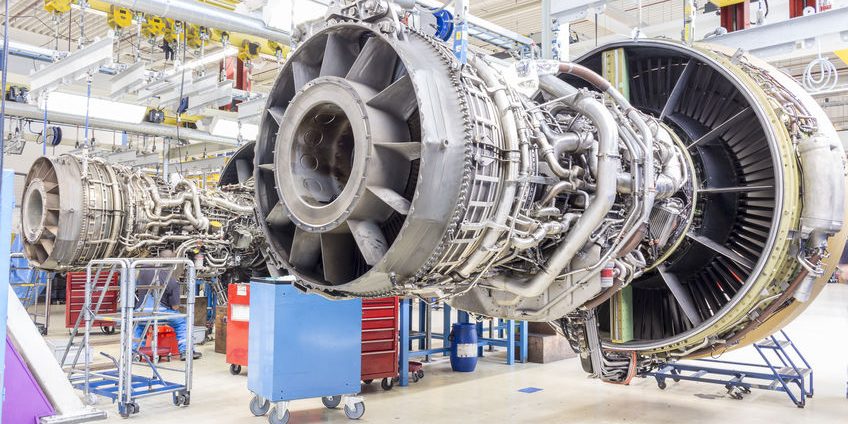Circuit boards are present in virtually every piece of electronic equipment, machinery, device, and vehicle in the modern age. Though, some types of electronics are more critical than the rest, especially those used in industries such as medical, military, and aerospace, where the failure of electronics can have fatal consequences.
Aerospace electronics, more specifically, may encounter a lot of hardships aboard orbital or interplanetary platforms. As we all know, space is a harsh environment. For that reason, boards built for this purpose need to adhere to strict PCB standards.
This article will discuss the key attributes that PCBs need for aerospace deployment and how an IPC J STD 001 training can help manufacturers meet these needs.
1. Shock Absorption
It takes immense energy to launch vehicles into space. The vibrations and shock forces will expectedly stress the boards and their connectors to their limits. That amount of mechanical abuse can take a lot of toll on rigid boards due to their lesser bendability range than flex boards.
For PCBs to withstand the excessive shock and vibration, manufacturers often alter the design of some boards, like combining pins and soldering to hold components in place or leaving a small space between components and the board surface to help relieve some of the stress the PCB may experience.
2. High-Temperature Resistance
In an aerospace platform, extreme temperature changes are pretty common in everyday operations. It doesn’t matter if it’s internal or external temperatures.
For this reason, PCB material selection must consider temperature. Those responsible for deciding on the circuit board material must make sure that no extreme heat or cold would be able to breach board critical temperature parameters like the glass transition temperature (Tg).
To ensure that PCBs survive extreme temperatures, manufacturers use high-temperature laminates and copper and aluminum substrates in their PCBs. Thermal compound is also commonly used for insulating heat and preventing it from transferring to other electronic components. Leaving a space between the components and the board’s surface, a method also used for shock absorption can also help in the thermal dissipation of heat. Anodized aluminum can also be used to help counter oxidation due to extreme heat.
3. Humidity Resistance
Normally, temperature is inversely proportional to humidity. Meaning, when the temperature is up, humidity is down, and vice versa. In a closed ecological system like the International Space Station (ISS) aerospace platform, any build-up of moisture can pose problems for both the astronauts and the space station itself, where there is lots of electronic equipment that could short circuit and start a fire. As such, electronics and their circuit boards need to be moisture resistant.
4. Radiation Resistance
A space vehicle can encounter weather radiation or unwanted radio frequency (RF) while within the earth’s atmosphere, whether during launch or in orbit. In space, the radiation is at a higher level.
These types of interference can damage electronic equipment and create problems with communications and circuit operations. Therefore, it is ideal to choose a PCB material that will resist any radiation. Other methods for shielding electronics from radiation are making components smaller, using thinner layers of material, or placing shielding in strategic places on the PCB.
Takeaways
- Conventional circuit boards cannot survive the extreme conditions of space, such as high temperatures and pressures. They will require specialized solutions to ensure that these boards can withstand the harsh conditions of space.
- When manufacturing circuit boards for aerospace systems, EMS companies need to target the factors listed above – Shock absorption, high-temperature resistance, humidity resistance, and radiation resistance.
- EMS companies may need to substitute materials to create more durable boards for a purpose as specialized as aerospace use. This is why one of the most critical factors in manufacturing a board for space is PCB material selection, which is one of the core parts of an IPC J STD 001 certification course.
Conclusion
If you’re an electronics manufacturer, especially one who has contracts to build and supply electronic assemblies, that must survive the extreme conditions of space. In that case, you need your assembly line operators, process engineers, and quality and inspection staff to uphold the standard for high-quality soldered interconnections, which includes materials, methods, and verification criteria.
Investing in your staff’s IPC J STD 001 training can help you overcome skill gaps and allow your workforce to advance their careers and enrich their technical education, along with many other benefits. Moreover, the optional space electronics hardware addendum module can help you create products fit for aerospace applications. If you want to learn more about IPC j std 001 certifications, contact Blackfox at (888) 837-9959 or email us at [email protected].






